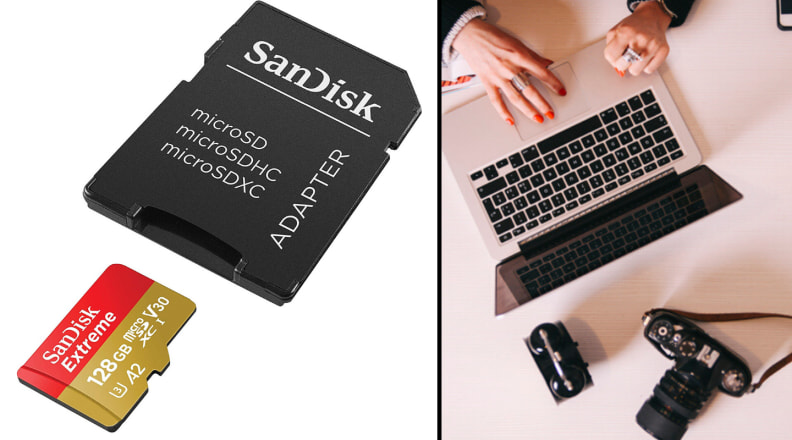
The Sanitize command also has three modes: block erase, crypto erase and overwrite. The Format command itself has three modes: no secure erase, user data erase and cryptographic erase. The NVMe specification defines two commands: Format (for a NVMe namespace) and Sanitize (for the whole device).The SCSI protocol defines a SANITIZE command with three modes: overwrite, block erase and cryptographic erase (where the encryption key is deleted from the drive).New ATA drives might also support the new SANITIZE command with three modes: crypto scramble, block erase and overwrite. The ATA protocol specifies the SECURITY ERASE UNIT command with two modes, normal mode and enhanced erase mode: normal mode specifies overwrite with zeroes enhanced erase specifies a "predetermined data pattern" and additionally targets "sectors that are no longer in use due to reallocation".This is often combined with destroying all block mappings on the drive.Įach storage protocol (ATA, SCSI, NVMe) has its own set of commands for sanitizing a storage disk.
 On self-encrypting drives, by destroying the encryption key stored on the drive, rendering the data unreadable. SSDs) by deleting the mapping between logical block address and the corresponding physical block, leaving the data on said block intact (and therefore recoverable). On storage devices that keep track of used/free storage blocks (e.g.
On self-encrypting drives, by destroying the encryption key stored on the drive, rendering the data unreadable. SSDs) by deleting the mapping between logical block address and the corresponding physical block, leaving the data on said block intact (and therefore recoverable). On storage devices that keep track of used/free storage blocks (e.g.  On NAND flash devices, by performing a block erase operation that physically destroys data from memory cells. This is the most common method for standard spinning hard drives. By overwriting storage blocks containing data with a bit pattern. Generally speaking, there are a few common ways to erase a storage device: I hope this question is on topic and all my sub-queries are related to each other. If all I need is make data recoverable, is any one of the treatment enough?. In what way deleting only mapping table and table + blocks affect the performance if any, does it improve the I/O?. Is one better than other and if so in what way, which one is preferred if any?. Different between the two in simple terms. I don't have clarity what a mapping table is, and hence it's not clear. Sanitize, all user data will be permanently destroyed on the selected After you erase the drive using Secure Erase or Therefore, Secure Erase is faster to complete Sanitize will delete the mapping table and will erase all blocks that Mapping table but will not erase all blocks that have been written to.
On NAND flash devices, by performing a block erase operation that physically destroys data from memory cells. This is the most common method for standard spinning hard drives. By overwriting storage blocks containing data with a bit pattern. Generally speaking, there are a few common ways to erase a storage device: I hope this question is on topic and all my sub-queries are related to each other. If all I need is make data recoverable, is any one of the treatment enough?. In what way deleting only mapping table and table + blocks affect the performance if any, does it improve the I/O?. Is one better than other and if so in what way, which one is preferred if any?. Different between the two in simple terms. I don't have clarity what a mapping table is, and hence it's not clear. Sanitize, all user data will be permanently destroyed on the selected After you erase the drive using Secure Erase or Therefore, Secure Erase is faster to complete Sanitize will delete the mapping table and will erase all blocks that Mapping table but will not erase all blocks that have been written to. 
Secure Erase is different from Sanitize because it only deletes the While I have searched the net, I still do not understand the exact technical different between the two as a layman. When I use Parted Magic to secure erase an SSD I get two options.







 0 kommentar(er)
0 kommentar(er)
